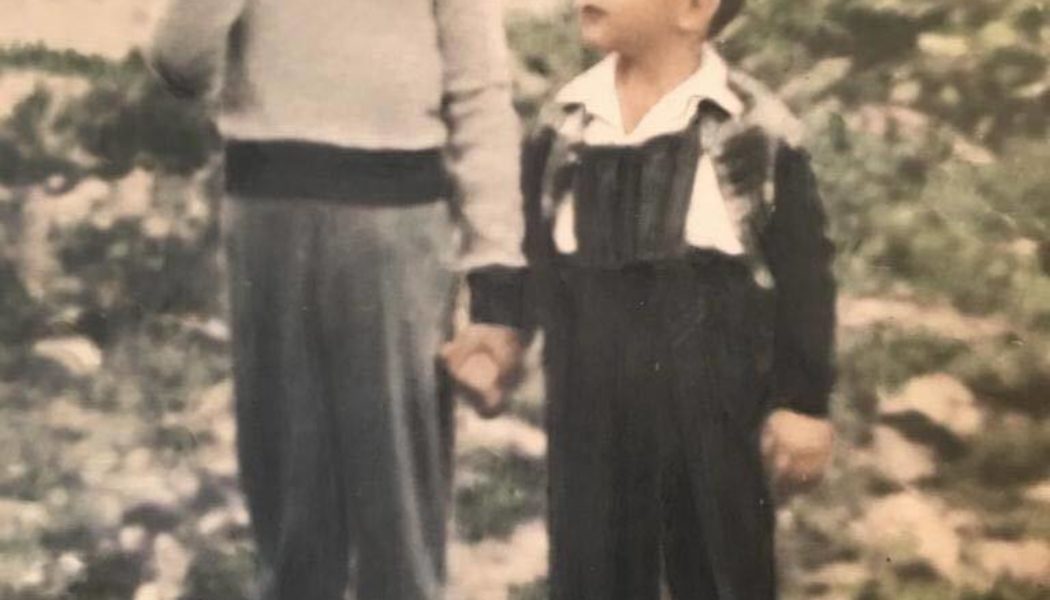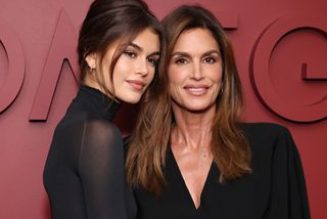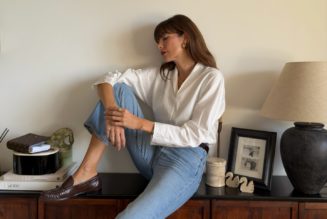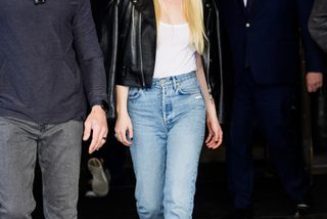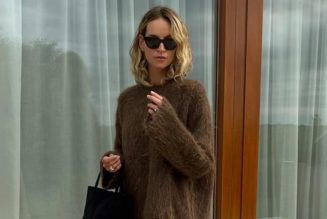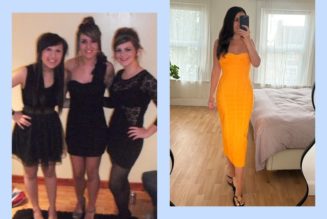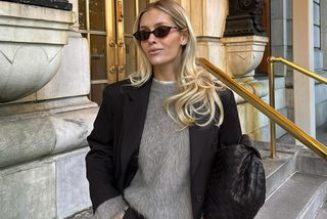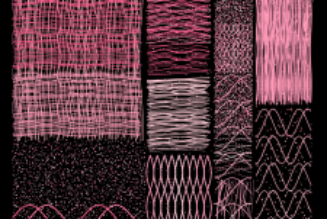PARIS — “We don’t have the luxury of waiting” flashes on a screen on the ninth floor of LVMH’s Avenue Montaigne headquarters. Luxury may take time, but the world’s largest luxury group prides itself on moving quickly.
Flanked by two Murakamis and a Rothko, longtime LVMH executive Sidney Toledano advances down a hushed corridor to a meeting room surrounded by the Paris sky.
Toledano is preparing to conclude a transformative six-year tenure as chairman and CEO of LVMH’s Fashion Group, whose labels Celine and Loewe have grown into global megabrands during a period of explosive growth for the luxury sector.
In a statement Thursday, LVMH confirmed that Toledano, who previously led Christian Dior Couture as its CEO for nearly 20 years, would transition to an advisory role after passing the baton to former Louis Vuitton chief Michael Burke on Feb 1. In addition to advising LVMH, Toledano will serve as chairman of French fashion school IFM.
“Over more than 30 years of close and fruitful collaboration, [Toledano] has identified and promoted numerous creative talents who are now among the world’s most recognised designers. With his unique strategic vision, he played a pivotal role in making Dior the world’s most prestigious and admired fashion house,” LVMH chairman Bernard Arnault said in a statement.
In a series of interviews with The Business of Fashion in the months running up to the changing of the guard, Toledano shared insights and memories from four decades in the luxury business, as well as his personal life, tracing his trajectory from a childhood in Casablanca to a blockbuster tenure at Christian Dior — alongside top designers including John Galliano, Hedi Slimane, Raf Simons and Maria Grazia Chiuri — and beyond.
Toledano often speaks of the past in the present tense, in short, direct sentences — underscoring his conviction and intuitive pragmatism as he revisits an extraordinary path.
Laurence Benaïm: You were born in 1951 in Morocco, then a French colony.
Sidney Toledano: I was lucky to grow up in a family irrigated by several cultures: Moroccan Spanish through my father, and Sephardic Turkish through my mother. At home, we used to speak Spanish, Ladino and French. My upbringing was a school of tolerance: I learned Hebrew from a rabbi who came to the house three times a week, while attending classes at a Catholic kindergarten. We would celebrate the end of Ramadan with our Muslim friends.
LB: Your father was president of the Jewish Community of Casablanca. What did he pass on to you?
ST: A taste for learning, for transmission, but also a yearning for freedom. I come from a family of three boys. My father wanted me to be a doctor or a lawyer.
The important thing was to do good to others. There were over 280,000 Jews in Morocco. Most of them were poor, in particular in the Mellah [a walled district where most Moroccan Jews resided]. My father was at one point rabbi of Larache, a port town where Jews and Muslims shared a common sanctuary, before fighting as a Republican soldier in the Spanish Civil War. When the American army landed in Northern Africa in 1942, my father saw the world change.
He and my mother loved fashion: a symbol of renewal. He was the first person in Casablanca to have parachutes turned into shirts. A tailor used to come to the house to make his suits. He was very elegant. In his own way, he passed on to me a taste for fashion, for a kind of North African dolce vita that has never left me.
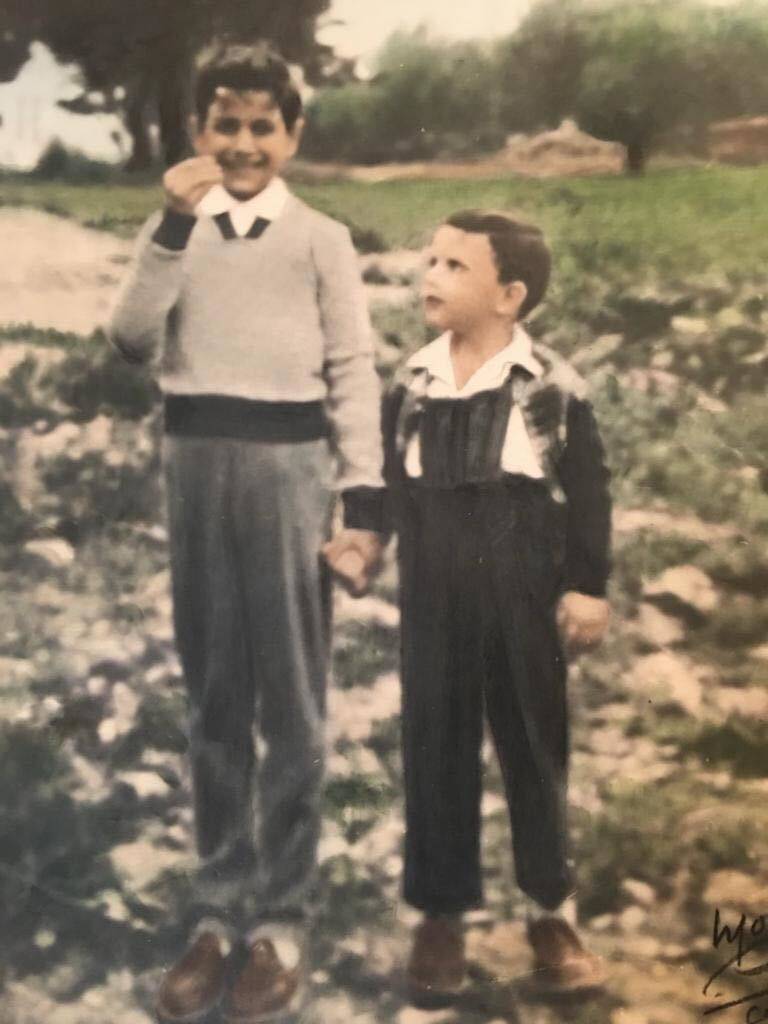
LB: Tell me about your arrival in France and early career.
ST: I arrived in France in 1969 and spent two years in Marseille. I wanted to be a researcher in physics. If I’d been born in France, it would have been different: I loved history and literature, too, but mathematics was a neutral language. When faced with a math problem, we were all on an equal footing. French culture couldn’t impose any barriers.
I was admitted to the École Centrale de Paris, where I began to love statistics, and ended up graduating in Applied Mathematics. I started my career as a data analyst at Nielsen: five years of travel, from Europe to the United States. Then consulting firms, Procter & Gamble, L’Oréal, and Coca Cola.
One day in Paris, at the Bar des Théâtres on Avenue Montaigne, I met Jacques Toledano (no relation) who had just bought the shoe brand Kickers. I knew nothing about leather or shoes. I’m 31 years old and my wife, Katia, is pregnant with my first daughter Inès. I started working at Kickers in September 1982 and stayed until December 1983. The company was in difficulty and went into administration. I learned what it means to have unpaid debts and union problems, and at the same time to launch new products, to advertise.
Then I went to Lancel, a leather goods brand created in 1876 that initially specialised in accessories for smokers. It was with Lancel’s owners, the Zorbibe brothers, that I learned the basics of leather goods. At first, they took me on as a financial controller. But I took a liking for the product, for luggage and bags. I launched the famous Red luggage line which was a triumph. Then there was the Elsa bucket bag, a reinterpretation of the Noé shape created by Gaston Louis Vuitton in the early 1930s. “Red 1876″ became the brand’s symbol while the Elsa bag was the bestseller. I learned how to build lines and analyse sales, going to the store every Saturday.
LB: How did you join LVMH?
ST: At the end of 1993, I was approached by Bernard Arnault. The meeting in his office was decisive: I signed my first Dior Couture contract on Jan. 17, 1994, becoming director of leather goods. Arnault’s vision was very clear: he wanted the leather goods business to grow from 5 percent [of sales] to a significant share of the retail business, to make it profitable.
On my first day at 9 AM, the telephone rings. It’s Bernard Arnault, who asks “Have you thought about the bag?” Three months later, I showed him a bag that referenced the caning on Napoleon III chairs, which we called internally the “Chouchou.” It was to become the Lady Dior. Launched in leather in 1995, it became a worldwide success. I was appointed managing director in charge of international development in 1996. Then in 1998, I became chairman and CEO. Others hit bags followed, like the Saddle. When I left Christian Dior in 2017, leather goods represented more than 45 percent of sales.
LB: How else did you develop the house of Dior?
ST: The success of Dior’s leather goods allowed us to stop licensing — there were hundreds of them — and to develop the retail, adopting a Louis Vuitton-type model. Gianfranco Ferré designed beautiful haute couture, but we had more difficulty in ready-to-wear. The development of leather goods was enabling us to grow. At the end of Ferré’s contract, in October 1996, John Galliano was appointed. His first Dior couture show took place in 1997.
With John, a new era began. It was a big bang. John brought his vision and gave a huge creative impulse. After I succeeded François Beaufumé as CEO, in March 1998, I appointed Victoire de Castellane as director of jewellery. In 1999, we asked ourselves the question of men’s ready-to-wear. We needed a young designer. Discussions started with Hedi Slimane, who was then at Saint Laurent where he’d been chosen by Yves Saint Laurent and Pierre Bergé to design the house’s Rive Gauche collections. After Saint Laurent was taken over by Domenico De Sole and Tom Ford, Hedi came to Dior.
His first fashion show took place in January 2000 in the presence of Karl Lagerfeld, Yves Saint Laurent, Pierre Bergé and Azzedine Alaïa: Hedi got a standing ovation. That was another creative big bang. Hedi Slimane launched the men’s equivalent of the “New Look.” His new image of the Dior man, younger and very slim, becomes a global movement, a revolution. Everyone will copy it. The house of Dior then consisted of three powerful creative directors: John Galliano, Hedi Slimane and Victoire de Castellane.
We started the development of a worldwide distribution network. In 1994, Dior only had six directly-operated stores and a few franchises; we started opening 25 stores per year. In 1997, Peter Marino renovated the boutique on Avenue Montaigne for the house’s 50th anniversary, and his concept was applied from New York to Tokyo. Hedi Slimane developed a men’s store. In 1993, Christian Dior Couture’s sales were around €120 million euros ($130 million). We passed the €1 billion mark in 2011, despite the effects of the Great Recession and John Galliano’s departure earlier that year.
LB: Can we talk about February 24, 2011, the day a complaint was filed against John Galliano for making anti-Semitic remarks at Café La Perle in Paris?
ST: It was a shock. I used to attend a lot of fittings; I would even visit the creative team unexpectedly. It was a great pleasure watching them work, even better than the show. Joy was everywhere; a dream that I’ve never found again. The level of creativity and energy was dizzying.
We knew that John had alcohol problems. We’ve been trying to warn him for weeks. The week before the incident, he did not come to the office, having sent a medical certificate. I came back from Milan. The atmosphere was already stressful. Then I received a fax telling me he had made these comments the day before. He was questioned by police. His lawyer told me it wasn’t true. Over the weekend, we learned of other incidents. On Monday, a video was broadcast by an English television channel, with John making anti-semitic comments which were just unacceptable. Something was broken.
LB: You called Daniel Sibony, the French mathematician and psychoanalyst for guidance. What did he tell you?
ST: I wanted to understand. I wanted to know if it was drugs or alcohol that could make people say such things. He reminded me of a phrase found in the Babylonian Talmud: “Wine comes, the secret goes,” and of course the Latin expression, “In vino veritas.” Sibony talked to me about self-hatred, the hatred that drives you to the irremediable, this irruption of violence that targets others.
LB: On March 1, Dior fired John Galliano. Have you seen him again? Do you have a relationship today?
ST: We were right there, in this room, with Bernard Arnault and [his daughter] Delphine, and we unanimously decided to fire him. I thought he was going to apologise. He didn’t. I waited. John Galliano left the country the next day. It was Tuesday and the show was scheduled on Friday. I went to the studio. I met Bill Gaytten, John’s right-hand man in the creation studio, and the whole team to announce John’s departure. We were no longer in a state of grace.
The runway show took place a few days later.
Seven years later, he finally understood. He came to ask for forgiveness. I remember from my childhood how on Yom Kippur (the Day of Atonement), I saw men reaching out to others: they said “Mehila” (forgiveness in Hebrew) for the offended to remove from their hearts any feelings of hatred or anger. He did it, and I felt relieved. I took him to Dior to visit the archives; and we met recently again at Margiela. I continue to admire John.
LB: Two drivers, a bodyguard, a doctor, a hairdresser, a make-up artist, a sports coach. Do you regret giving in to John Galliano’s every whim? What lessons have you learned from this episode?
ST: No, I have no regrets.
LB: How did Dior cope with the incident?
ST: I knew that time was running out; we had to move forward. We went a year without a creative director, looking for solutions. We talked to a lot of people. The first person I called was Alber Elbaz. We loved him very much. He was at Lanvin; it didn’t work out because he was feeling very good there. I even spoke to Azzedine Alaïa, who had been approached by [former CEO] Beaufumé before Galliano. My idea was to only do haute couture with him. Then, there was Marc Jacobs, Nicolas Ghesquière… And finally, I came across Raf Simons, who was leaving Jil Sander. And we said to ourselves that perhaps it was the solution to move towards more minimalism. But the American sirens of Calvin Klein lured him back. Then there was the arrival of Maria Grazia [Chiuri] in early July 2016;. Kris Van Assche succeeded Hedi on the men’s side of the business. A new adventure began.
LB: According to market sources, Dior Couture’s annual sales are now around €9 billion euros. Did you ever think it could become that big? What makes this brand so powerful?
ST: By 2016, sales had reached €2.5 billion euros. All the foundations were solid. Flagship stores were already opened worldwide, as well as the infrastructure for product development, ateliers and factories. The dynamic has been accelerated by my successor Pietro Beccari. And thanks to Maria Grazia Chiuri, whose new strong image of women’s style at Dior is blooming.
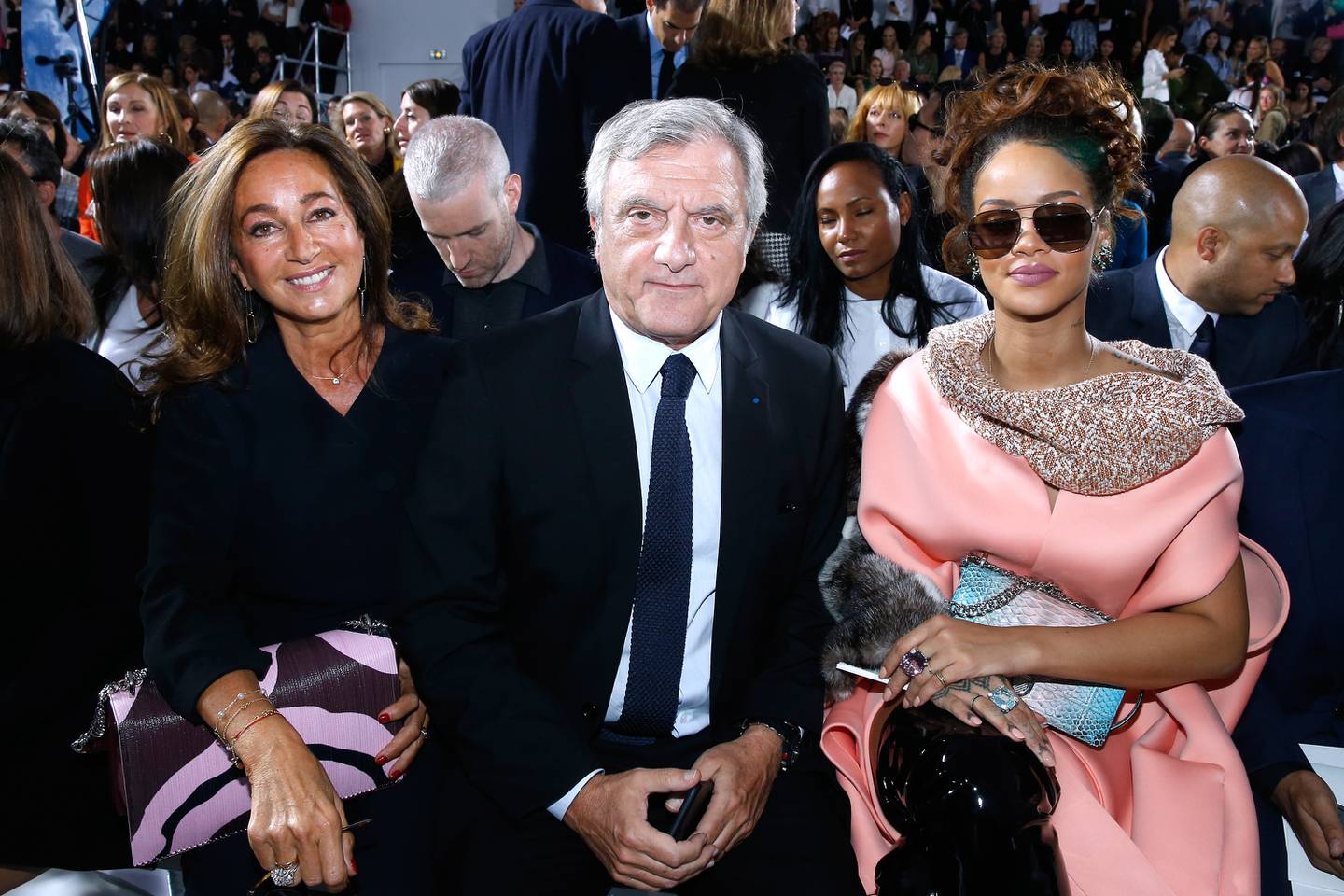
LB: What do you appreciate the most in her work?
ST: She understands what women want. She dreams with her feet on the ground. She’s able to talk directly not only to designers but to prototypists of bags, and shoes. This touches me, because I need to feel and experience the product. It has always been ingrained in me. I am very sensitive to beautiful fabrics and material.
LB: What is your advice for working with creative people in the corporate world?
ST: The new generation of artistic directors is rather aware of business. They want to know about sales, to push them. They are motivated.
To work with a creator, you have to give them time to mature, so that they can express a coherent image. The important thing is to make the brand desirable to a targeted audience. Desire is the most important thing.
They need to feel supported. They need to be given the means to get things done on time. Step by step. The boss must check. It’s like the director and producer of a film. They need to have a real dialogue. The creative is the master builder, but they cannot do it alone. We must agree on the target, we need empathy.
There has to be a dance between the two. It’s not about becoming friends. That’s a trap. You must know how to keep your distance, but be available when they need you, otherwise you become a nanny, managing anxiety attacks. There are coaches for that. You must love creative people, and above all you mustn’t compete with them. The creative director is the face of the brand, not the CEO.
LB: LVMH has an active controlling shareholder, Mr. Arnault, whose family has become more involved in the company in recent years. What is your advice for working with a family business? How is it different?
ST: Decisions are made quickly. It’s not like bosses who have been appointed by funds. From Dior, Bernard Arnault built the world’s first luxury group, LVMH, thanks to a true long-term vision. In 1984, the company was worth 100 million francs — not even €20 million. Bernard Arnault gave me a unique opportunity. And the thirty years I have spent with him were the best part of my professional life. All his children grew up in the business. Delphine worked with me for 12 years. And I had an ongoing dialogue with the others, Antoine, Alexandre, Frédéric and Jean. They now have operational roles in the group and share the same values. My advice when working for a family is to understand and share these long-term values.
LB: In February 2018, you were appointed Chairman and CEO of LVMH Fashion Group, a division that includes Celine, Givenchy, Loewe, Emilio Pucci, Kenzo, Marc Jacobs and Patou. What have been your biggest achievements at the head of this group?
ST: Beyond the fact that the Fashion Group has grown considerably in terms of sales and profitability [Editor’s note: Fashion Group sales have more than doubled since 2018 according to market sources, while profitability grew eight-fold], I believe that with the leaders of this group, the CEOs and creative directors, we have built very solid foundations, enabling a high potential of growth for the future. Brands like Celine, Loewe and Marc Jacobs have already successfully reached a high-level trajectory. We have to give time to the other brands to find their own path to critical scale. Long-term vision is one of the Arnault family’s core values.
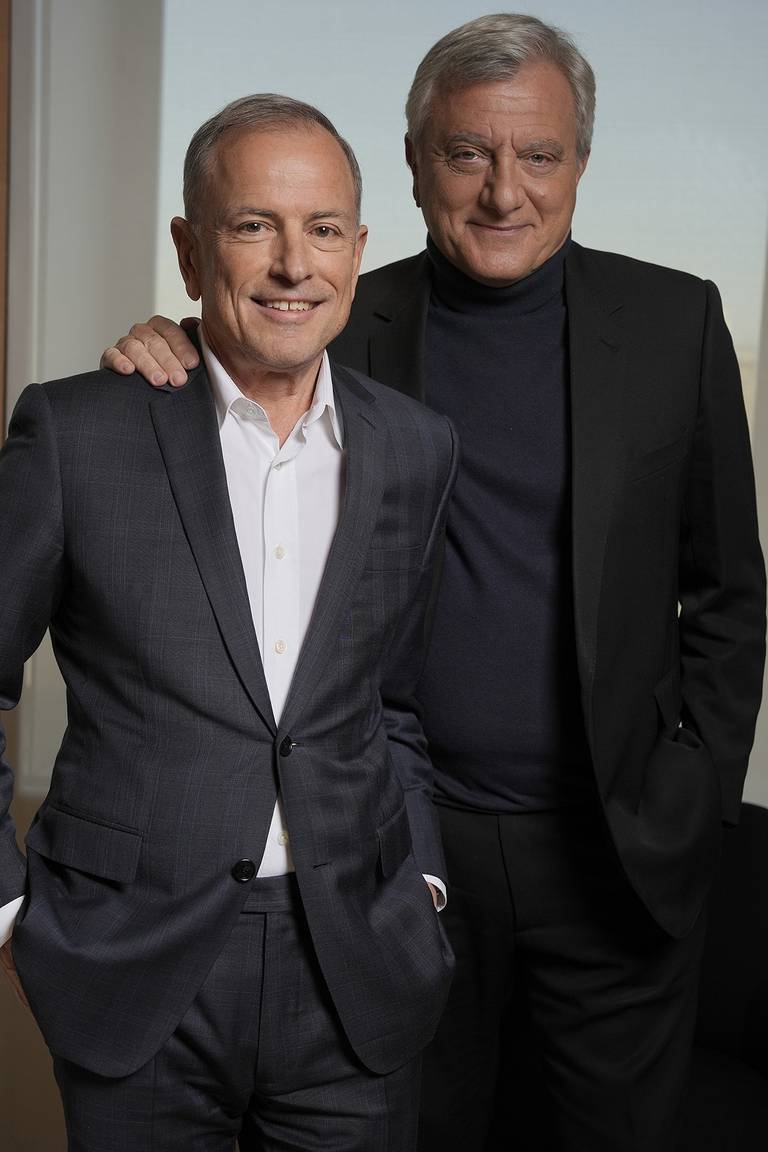
LB: Any message for your successor, Michael Burke?
ST: My friend Michael is the best person to manage the Fashion Group. The main objective is to have, in the next five years, four or five of the brands not only becoming big in terms of the business, but with a very high desirability and meeting all criteria of excellence.
LB: What is the secret of optimal management within a luxury house?
ST: Being passionate about people: both creative and business leaders. Identify the young talents. Care about people.
This interview has been edited and condensed for clarity.
LVMH is part of a group of investors who, together, hold a minority interest in The Business of Fashion. All investors have signed shareholder’s documentation guaranteeing BoF’s complete editorial independence.
